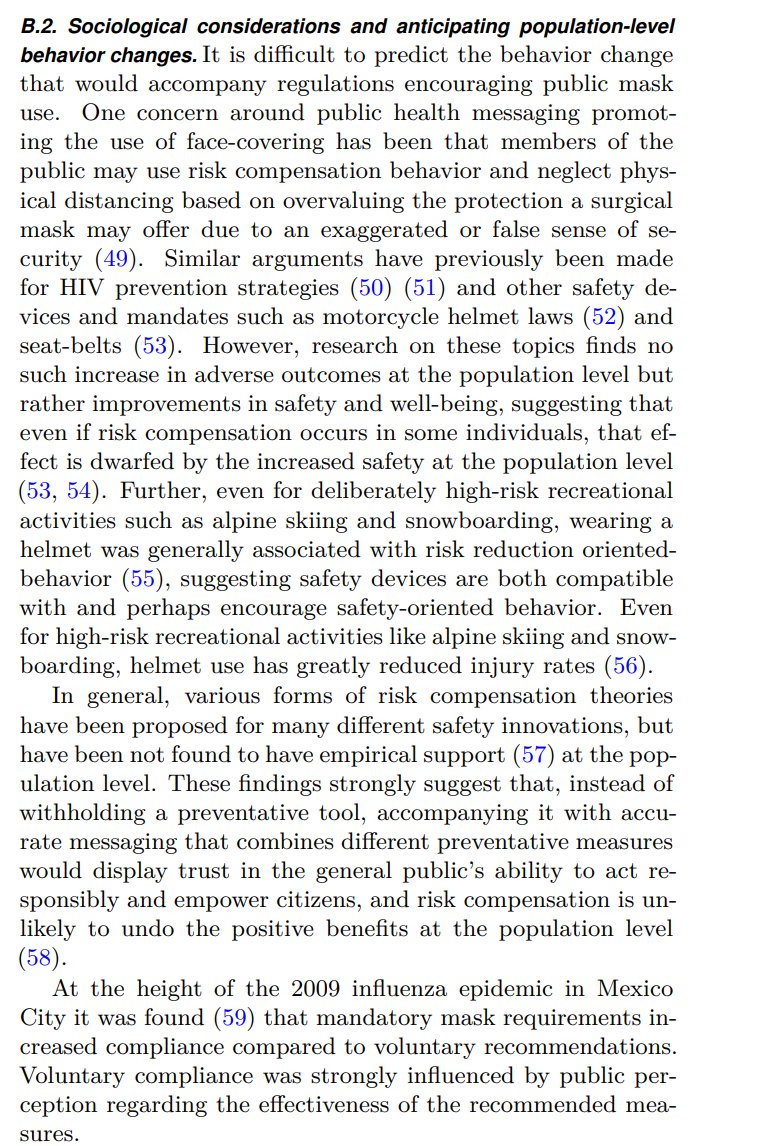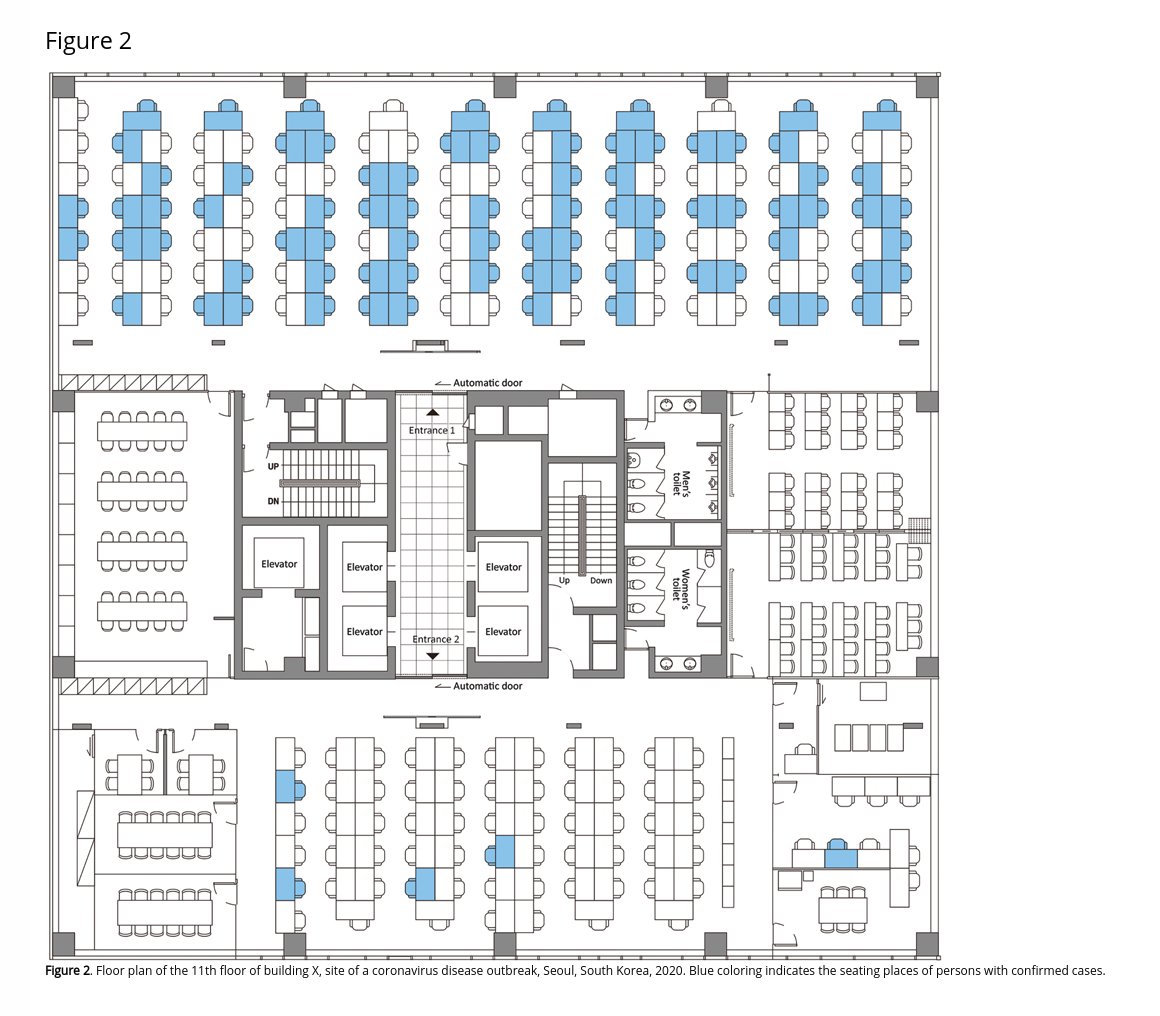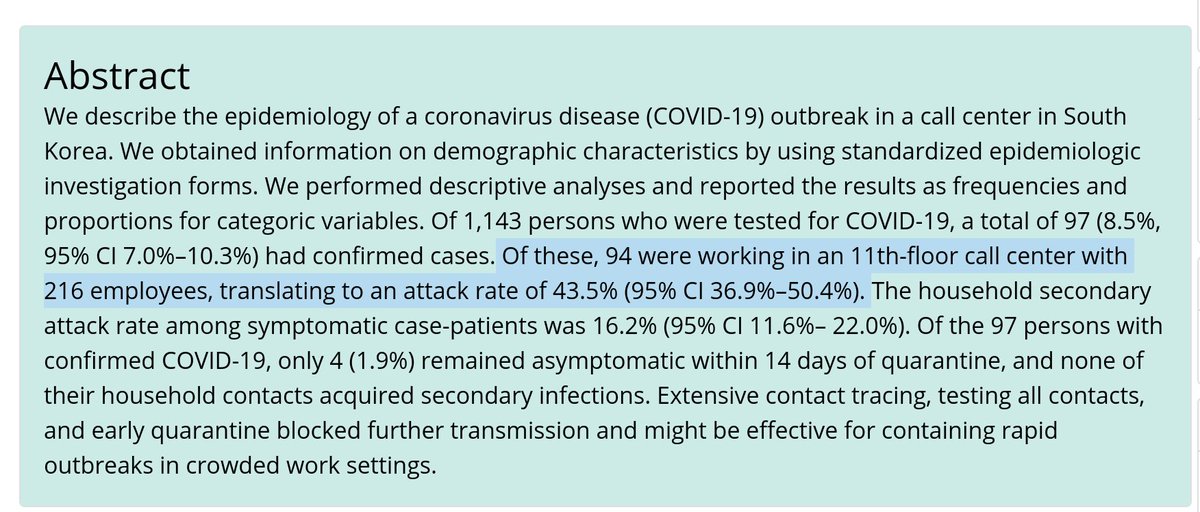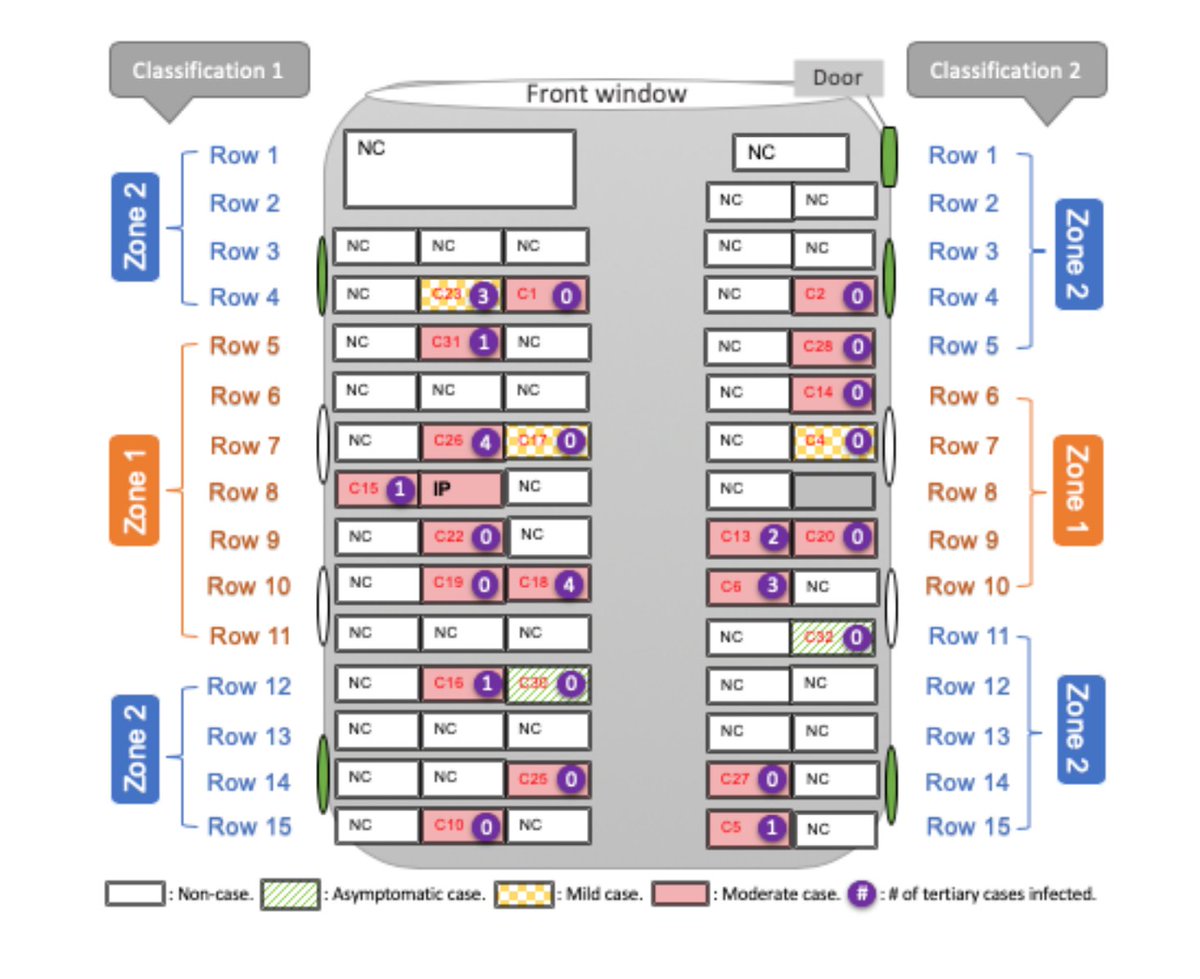Amazing study, supporting droplet (rather than aerosol) as key means of transmission. One asymptomatic person infected 10 (out of 91) at restaurant—but *only* if they were in direct line of air pushed by the A/C. (Aerosol would have infected others, too). https://wwwnc.cdc.gov/eid/article/26/7/20-0764_article">https://wwwnc.cdc.gov/eid/artic...
Also, none of the staff were infected—only people who were in direct line of the A/C for 53 or 73 minutes. (Hong Kong health authorities, who are excellent at evaluating this risk, consider more than 15 minutes at less than 6 feet as "close contact").
Also this is another example for the importance of masks for source control (asymptomatic spread plus droplets). Many still don& #39;t understand this crucial distinction: masks to *prevent* transmission. (Working on article right now!) https://twitter.com/zeynep/status/1251171855286906880">https://twitter.com/zeynep/st...
Shortly after I get off the local mountain biking trails (good for sanity, that was yesterday) and off Twitter (sanity comment superfluous. https://abs.twimg.com/emoji/v2/... draggable="false" alt="😬" title="Grimacing face" aria-label="Emoji: Grimacing face">) https://twitter.com/gayfetus/status/1251565732581834754">https://twitter.com/gayfetus/...
https://abs.twimg.com/emoji/v2/... draggable="false" alt="😬" title="Grimacing face" aria-label="Emoji: Grimacing face">) https://twitter.com/gayfetus/status/1251565732581834754">https://twitter.com/gayfetus/...
Oh wow I hadn& #39;t seen that. That& #39;s a pity because the article is misrepresenting what the NEJM paper actually found. THEY CREATED THE AEROSOLS IN A MACHINE just to study them. The aerosol issue is complex but that article is not correctly presented at all. https://twitter.com/jschneider/status/1251566881204469760">https://twitter.com/jschneide...
We& #39; will have to wait for more scientific studies on the droplet size question but nebulizers can generate aerosols. (That& #39;s why there& #39;s a shortage of albuterol inhalors right now—ERs using them instead of nebulizers). That NEJM study folks *created* the aerosols in a nebulizer.
Folks, that& #39;s also why the hospital workers need those N95s while cloth masks are fine for controlling the droplets coming out of our mouth. Many medical procedures for COVID treatment create aerosols. See list below. Anyway, okay, back to long-form. https://www.health.state.mn.us/diseases/coronavirus/hcp/aerosol.pdf">https://www.health.state.mn.us/diseases/...
One study doesn& #39;t end all discussions but I& #39;ll take one shoe-leather epidemiology work like it over all the slick computer-generated simulations. This isn& #39;t vaporware, it& #39;s real. One restaurant, one asymptomatic person, only 11 in line of A/C out of 93 infected. Real data for us.
*91
Sadly, I don& #39;t think we can safely open indoor restaurants. The good news is one asymptomatic person did *not* infect 81 people in that restaurant. The bad news is *one* asymptomatic person infected ten people in line of air flow. No fever, can& #39;t screen. https://twitter.com/LadyBrienne1/status/1251853128498057218?s=20">https://twitter.com/LadyBrien...
People asking me questions: Study above strengthens case for masks. I try to read key papers. Still many unknowns. PERSONALLY, (not advice, just me!) I try to avoid spending time indoors with others. I feel increasingly comfortable outdoors. I wash my hands after opening boxes.
We now know *for sure* mass transmission is possible indoors even without coughing/sneezing (pre/asymptomatic). We should all wear masks. I& #39;m not yet seeing many cases of outdoors/surfaces but we should STILL be careful while we wait for studies. Absence of evidence isn& #39;t proof.
Also, please note that coughing/sneezing are game changers to the distances we have all been told—especially sneezing—and that& #39;s another big reason to recommend universal masks, especially indoors. Many unknowns remain but this we know for sure: CROWDED INDOORS ARE HIGH RISK.
Georgia is considering opening retail, restaurants, nail salons, in-person worship and other indoor places next week. Please feel free to share the study on top of this thread with your friends there: one asymptomatic person in a restaurant infected 10. https://twitter.com/JustinGrayWSB/status/1252330712092590080">https://twitter.com/JustinGra...
Check this example flagged by @jeremyphoward in his super useful FAQ on masks. *94* out of 97 cases in a building worked on the same floor! It really suggests transmission through air is much more important than surfaces like elevator/doorknobs. Mask up! https://www.fast.ai/2020/04/20/skeptics-masks/">https://www.fast.ai/2020/04/2...
Can& #39;t believe this gets published by the BBC, this late! If you& #39;re worried masks can be contaminated by other people& #39;s cough and sneezes, what do you think happens to YOUR MOUTH AND NOSE IF you aren& #39;t wearing a mask? The other two also make no sense. https://abs.twimg.com/emoji/v2/... draggable="false" alt="🙄" title="Face with rolling eyes" aria-label="Emoji: Face with rolling eyes"> https://www.bbc.com/news/health-51205344">https://www.bbc.com/news/heal...
https://abs.twimg.com/emoji/v2/... draggable="false" alt="🙄" title="Face with rolling eyes" aria-label="Emoji: Face with rolling eyes"> https://www.bbc.com/news/health-51205344">https://www.bbc.com/news/heal...
This "false sense of security" argument has been trotted out against many safety devices (seat-belts, helmets) and the evidence does not bear it out. No reason/data to think different for face masks. If anything, it& #39;s the other way around. See more here: https://www.preprints.org/manuscript/202004.0203/v1">https://www.preprints.org/manuscrip...
This is actually a great question. A lot of evidence that talking/singing and maybe just breathing around people from close enough range is sufficient to transmit the virus—and if you have a mask on, the amount one sheds is cut down dramatically. https://twitter.com/LucidLeaguing/status/1252654696029982721">https://twitter.com/LucidLeag...
Yep, this actually makes a lot more sociological sense, and the experience of Hong Kong/Taiwan etc. support this: widespread mask wearing *signal* solidarity and importance/reminder of the pandemic, and probably encourage *more* distancing/hygiene as well. https://twitter.com/lydiajo/status/1252656232193720320">https://twitter.com/lydiajo/s...
Another crucial study showing how dangerous indoor situations can be. An alarming 94 (out of 216) people on the same floor in a call center in Korea got infected—an attack rate of 43.5%! But look at the schema. Most infections are on one side of the room. https://wwwnc.cdc.gov/eid/article/26/8/20-1274_article">https://wwwnc.cdc.gov/eid/artic...
Also only three people on other floors infected despite "frequent contact in the lobby or elevators" (but not a lot of travel between floors and no shared restaurant). Much lower transmission also later to household members (16.2% attack rate). High risk for crowded indoors+time.
Since people are looking at these studies today, I& #39;m going put this paper here again (I& #39;m a co-author). These studies increase the potential value of universal masking—especially indoors. https://twitter.com/zeynep/status/1249805628240953346">https://twitter.com/zeynep/st...
Also this article: https://twitter.com/zeynep/status/1253030146262605825">https://twitter.com/zeynep/st...
Another fascinating study. (Caution: preprint). There was one asymptomatic case in the second of two buses (59 and 67 passengers) to an outdoor worship event. Infections in bus one: zero; bus two: 23. Seven close contacts out of 172 at event also infected. https://www.researchgate.net/publication/340418430_Airborne_transmission_of_COVID-19_epidemiologic_evidence_from_two_outbreak_investigations/link/5e87b59ba6fdcca789f10d66/download">https://www.researchgate.net/publicati...
This doesn& #39;t rule out other methods but seems clear that sharing an air pocket with a large number of people at length (the bus ride was 100 minutes) in a poorly-ventilated, indoors environment where people talk is a significant risk. The superspreader is the person and the room.
Not necessarily. Taiwan and Hong Kong have their very dense and heavily-used public transportation systems open (never closed them) and they are registering zero cases per day now. But everyone wears masks on public transit. https://twitter.com/slaughterdotcom/status/1255614534846500865">https://twitter.com/slaughter...
So where is our contact tracing study for meatpacking plants? Is it the workplace or crowded living conditions of vulnerable workers like in Singapore? Both? We don’t have factory outbreaks reported elsewhere so what’s different? (Need data, not guesses). https://twitter.com/crampell/status/1256052475020312576">https://twitter.com/crampell/...
Adding to my thread on “maybe it’s the unventilated, air-conditioned room that’s the superspreader” research. https://twitter.com/aiims1742/status/1262113685331488771">https://twitter.com/aiims1742...
Arkansas: two people with COVID attended church events and infected *at least* 32 out of 92 (not everyone was tested because of guidelines at the time) leading to four deaths. The attack rate was as high as 35 cases out of 45 people for one of the events. https://www.cdc.gov/mmwr/volumes/69/wr/mm6920e2.htm?s_cid=mm6920e2_w">https://www.cdc.gov/mmwr/volu...

 Read on Twitter
Read on Twitter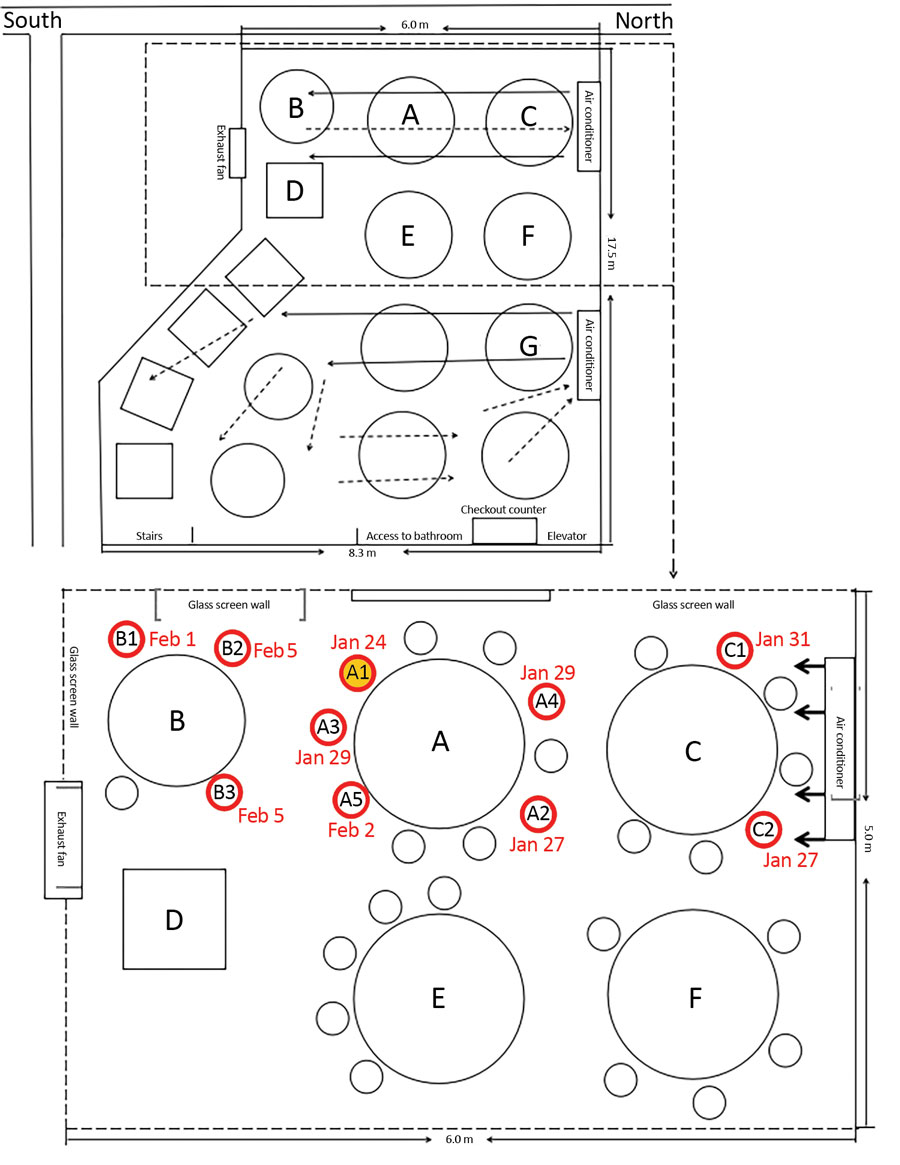

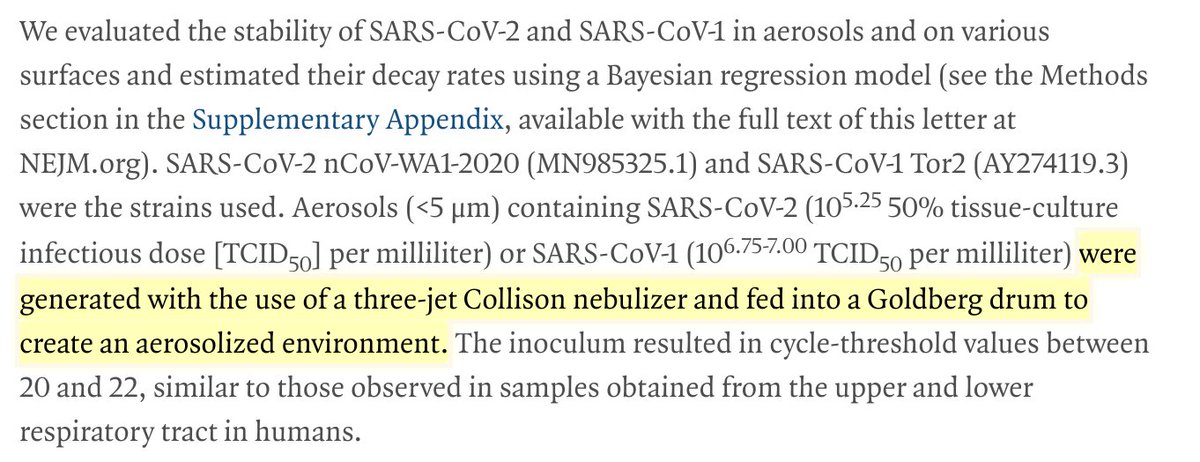



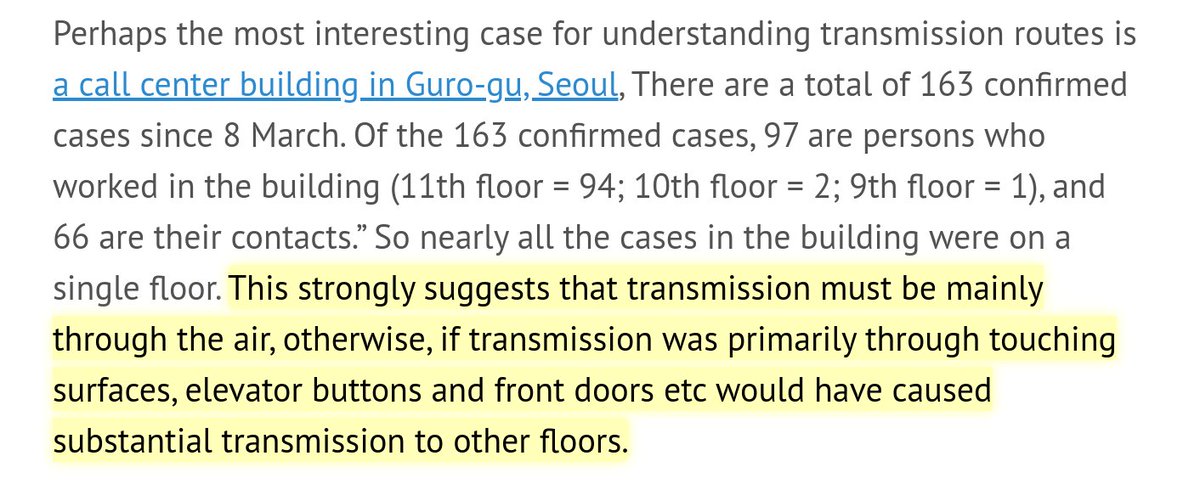
 https://www.bbc.com/news/heal..." title="Can& #39;t believe this gets published by the BBC, this late! If you& #39;re worried masks can be contaminated by other people& #39;s cough and sneezes, what do you think happens to YOUR MOUTH AND NOSE IF you aren& #39;t wearing a mask? The other two also make no sense.https://abs.twimg.com/emoji/v2/... draggable="false" alt="🙄" title="Face with rolling eyes" aria-label="Emoji: Face with rolling eyes"> https://www.bbc.com/news/heal..." class="img-responsive" style="max-width:100%;"/>
https://www.bbc.com/news/heal..." title="Can& #39;t believe this gets published by the BBC, this late! If you& #39;re worried masks can be contaminated by other people& #39;s cough and sneezes, what do you think happens to YOUR MOUTH AND NOSE IF you aren& #39;t wearing a mask? The other two also make no sense.https://abs.twimg.com/emoji/v2/... draggable="false" alt="🙄" title="Face with rolling eyes" aria-label="Emoji: Face with rolling eyes"> https://www.bbc.com/news/heal..." class="img-responsive" style="max-width:100%;"/>
